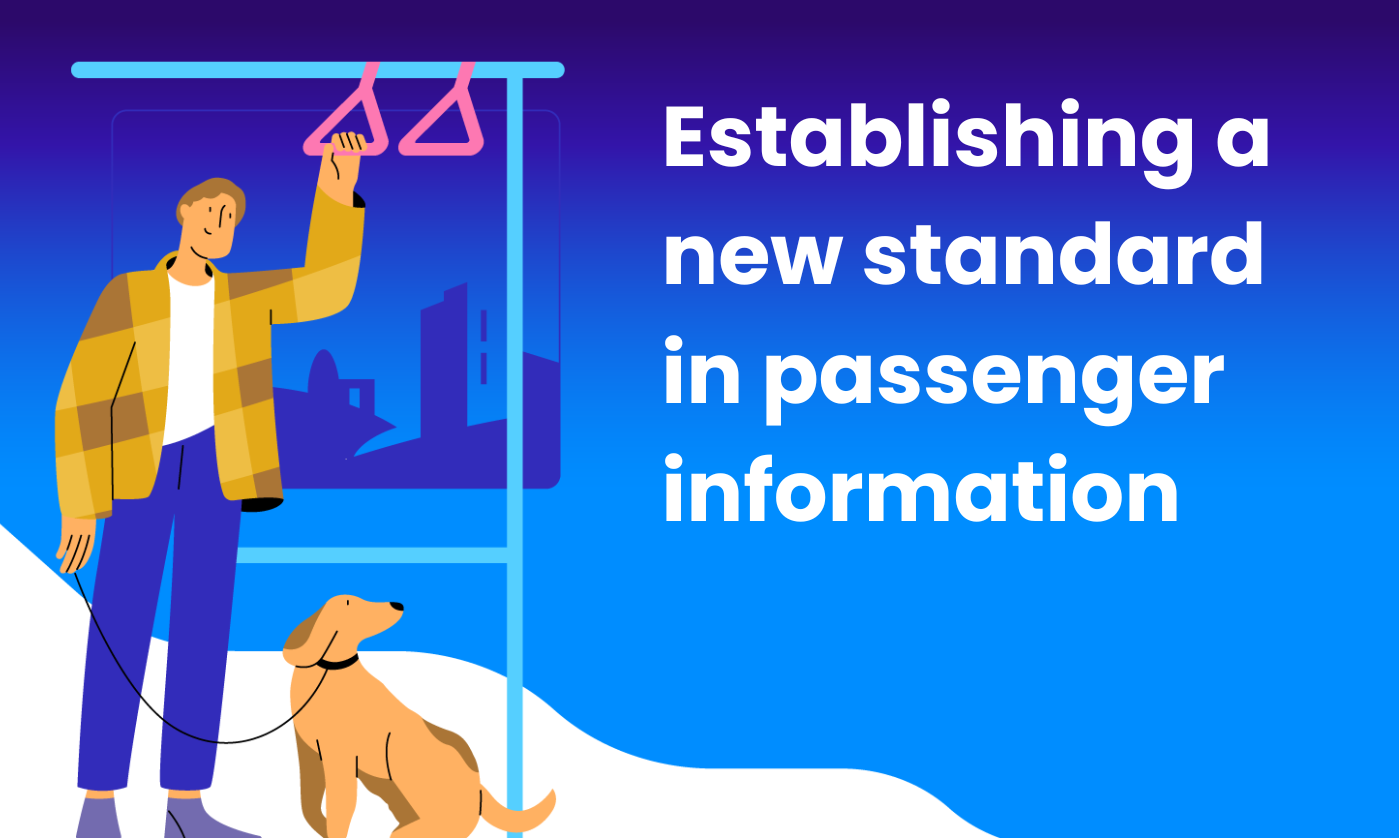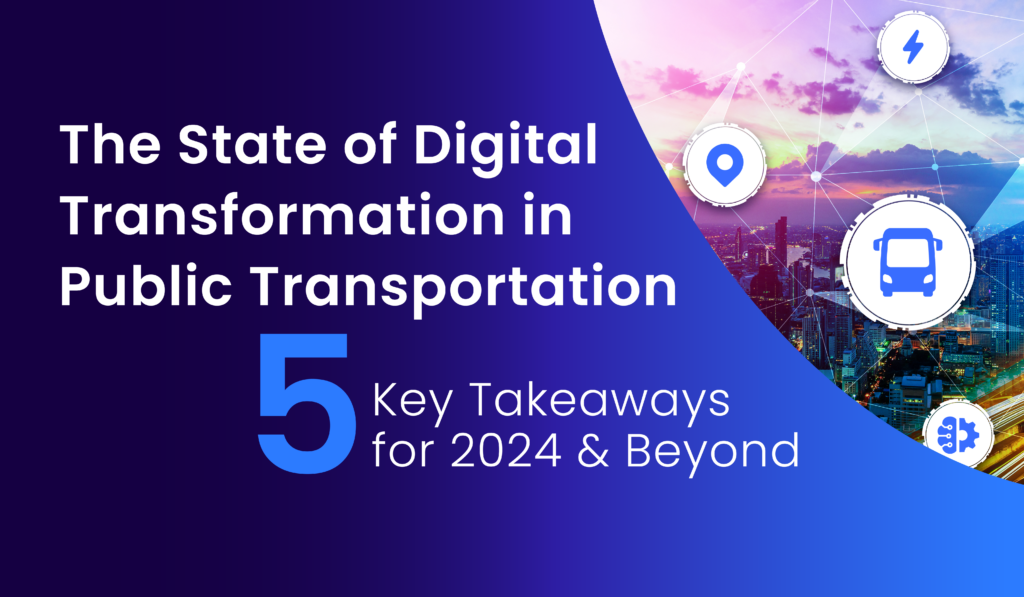Bus Bunching is a Vicious Cycle
If you’ve ever waited for what seems like hours at a bus stop, only to have 3 buses arrive at the same time, you’ve experienced bus bunching. Although schedulers plan for routes to operate on even headways according to desired frequencies, subpar operation and traffic conditions can cause buses to bunch, most often on routes with high frequency or Bus Rapid Transit (BRT) systems. This detracts from service quality in two ways. Primarily, reliability is impacted, stemming from decreased on-time performance and longer wait times. Second, the majority of passengers board the first bus in a bunch, resulting in overcrowding. Lack of reliability and overcrowding manifests in passengers’ perception that BRT just doesn’t make sense.
These problems are compounded as bunching creates a snowball effect. When two buses become bunched together, the first bus (the slow bus) boards the majority of passengers and the second (the fast bus) is under capacity. When the buses reach the next stop, there are now more passengers than anticipated, as the number of passengers that would be split between two buses are now combined as a result of delays. Again, the first bus boards the majority of passengers, resulting in further crowding and inefficiency — more passengers means more time at each stop. Thus, the slow bus becomes slower and the fast bus gets faster, prolonging bunching and decreasing quality of service.
Planning for Success
Smart planning, enabled by technology, can be used to create systems that avoid bunching and improve on-time performance.
For BRT systems, frequency can be addressed in two ways: a headway system, where buses are set to arrive at a certain frequency, or a set timetable. Using a headway system often lacks the ability to fine-tune trips to ensure that every bus arrives on time. In contrast, a set timetable enables schedulers to better analyze inefficiencies, and tweak individual trips to compensate. Additionally, using AI-backed software tools to predict on-time performance based on historical information can provide scheduling suggestions for improvements, decreasing the risk of bunching.
Stopping the Problem Before It Starts
A perfect schedule is useless if not operated properly. In practice, for BRT systems with a set headway, bus bunching often occurs as a result of suboptimal dispatching. If buses aren’t dispatched from terminals with even headways, it’s unlikely they’ll arrive at stops with even headways. As a result, the probability of bunching increases, especially for systems with small headways and little margin for error.
Real-time fleet management can remedy this problem. By controlling the release of vehicles from terminals, operators can ensure that vehicles start off on the right foot, beginning their trips with even headways.
Dynamic Control to Preserve and Minimize Headways
Once en-route, buses can be dynamically adjusted to prevent or reverse bunching. Traditionally, this is done using control points — certain stops along a route at which buses may be held to stay on their desired schedule. Although control points can increase on-time performance and decrease bunching, they don’t provide a complete solution. For “slow buses” that are behind schedule, control points don’t provide a way for them to speed up. For buses ahead of schedule, waiting at control points can disturb other buses servicing that stop and annoy passengers, who want to get to their destinations quickly.
Additionally, for BRT passengers, reliability isn’t just about on-time performance — what they really care about is how long they have to wait for their bus to arrive. So, headway length and uniformity can often serve as a better metric when addressing reliability. Because of this, some researchers propose throwing a set timetable or headway out the window, instead favoring a system that dynamically adjusts to minimize headways. There are two proposed ways to accomplish this:
- Schedulers choose points along routes where adjustments are made based on a “self-equalizing” equation which minimizes average headway and increases uniformity. This differs from control points as rather than making adjustments to keep buses on a set schedule, adjustments are made to increase fleet reliability as a whole.
- Schedulers choose points at which boarding limits are implemented, calculated with respect to real-time headway conditions. This alleviates the crowding problem and allows slow buses to reduce their loading times at stops, restoring the gap between the following bus.
The implementation of these methods to reduce bunching can result in shorter headways, higher travel speeds, and shorter trip times, improving reliability and increasing quality of service.

.png)


%20(1)-png.png)
.png)

